This blog discusses hill workouts for distance runners and how to incorporate them into your training.
The author is The Kenya Experience Head Coach Hugo van den Broek. Hugo is a long time resident of Iten Kenya where he was previously a professional marathon runner and is now coach to world class athletes as well as The Kenya Experience camp guests.
How to include hill work in your training program
Is it the altitude or the hills?
You often hear that many elite runners train at high altitude. That is true, but there is something else that the famous altitude training venues have in common beyond the altitude. Hills. Iten in Kenya, Sankt Moritz in Switzerland, Flagstaff and Boulder in the USA are all hilly places.
In my experience it’s almost impossible to train at high altitude and not run in the hills during many of your training sessions. So, as well as noting that almost all elites train at altitude, we should not neglect that also means that they frequently train in the hills.
So in my opinion it make sense to believe that using hills in your training, can help you become a better runner.
There are many ways of using hills in your training from simply doing some of your easy and long runs on hilly courses to using hills in your hard sessions. I will focus on how to use hills as part of your hard training.
Each type of session has different effects and benefits. Let me break it all down for you and give some examples. Here are some of the ways I use hills with my athletes:
- Tempo run on a hilly course
- Hill repeats of 20 – 90 seconds
- Hill sprints of 8 -10 seconds
- The combination of hill reps with a tempo
Let me give an explanation of each.
- Tempo Run on rolling hills.
Running a tempo on a hilly route, means you add a strength component to it. Every time you run uphill, your muscles have to work a bit harder and downhill the pounding creates more muscle damage. In addition to that, running uphill causes you to produce more lactate. In other words, even if you run at an aerobic pace (for example, half marathon pace), you will use your lactic or anaerobic system a little for the uphill parts. This way, your tempo run becomes more all-round, giving you different stimuli that a flat run does not. For example, you teach your body to produce higher amounts of lactate (and then clean-up that lactate again) while running at threshold pace. This can be extremely valuable and I believe runners need some of this!
It does not mean that you should do all your runs in the hills. During recovery runs you may prefer to run on the flat, to avoid adding these extra stimuli (for example, you don’t want to produce lactate again, you just want to recover). But adding these type of runs in your program, will definitely help you to improve. There is no specific time/moment for adding these ‘runs in the hills’, but if you are preparing for an important race on a flat course, I would suggest to run the last 2-3 weeks mostly on the flat.
- Hill Reps
Hill reps of 20 – 90 seconds. This is like a standard interval session but done uphill!
Kenyan athletes like doing these in certain parts of their preparation. This type of hill work is heavy and very lactic. I have done a lot of this in my life myself, and would often feel my whole body tingling by the end of the session. Typically, after doing some warm-up, you run very fast uphill for a certain amount of time (say, 30 seconds) and jog down slowly. When you reach the startline, you turn around and run back up again up to the finish line. You repeat that 10-20 times. Every time you run up, it feels like almost an all-out effort (obviously not completely all-out, since you do many reps).
This kind of hillwork is great for improving running form and strength. I personally like to use this training during the base phase (the early preparation), as a way to prepare body and mind for demanding sessions of speed work on the track which will follow. In terms of lactic production, it’s very comparable with a hard session at 800m to 1500m race pace. But the actual speed is of course much slower and we are not concerned with particular splits, only with effort and maintaining form when the body is fatigued.
This type of training is important for all runners who focus on races from 400m up to 10km. And even (half-)marathon runners can use it as off-season to work on strength and to wake up their lactic system. I would not do much of this in the weeks leading up to your most important races, since it’s not so specific. Closer to the important race, the focus should be on more specific sessions, but further from the race, this type of training is very useful.
- Hill Sprints
Hill sprints is a type of training I give to all my runners, year round. We do 6-10 reps of 8-10 seconds (for the 800m runners sometimes 20 reps), with approx 2’ rest in between. The reason is that if you sprint only 8-10 seconds, you use the Creatine Phosphate (CP) system which does not produce lactate as a by product. If you sprint longer, you will start to produce lactate. The CP system is normally recharged after 2 minutes rest. So by keeping the sprints short and the rest long enough, you don’t build up any lactate. Because of this, we can do hill sprints the day before a workout. For example, Monday evening 10 hill sprints and Tuesday a tempo run. So it’s a session that can be put in the program next to the other workouts because it does not really cause tiredness, unlike the longer hill reps, which are so heavy that they are a workout by itself and you really need a day of easy running or rest after that.
How do we do the hill sprints? It’s important to give maximum or close to maximum effort, while maintaining good running form. We run up with powerful strides, not jumping, but really trying to hit the ground hard with each step (legs popping off the ground), rather than having a high frequency and small steps. We use the arms well, engage our core and keep our head up.
Doing hill sprints in this way is the best way to recruit a higher percentage of your muscle fibers. It’s also a great way to work on power, speed and running form. As I said, all runners need to do this. For marathon runners it’s sometimes the only faster thing they do and waking up those unused muscle fibers is valuable for them too.
One more piece of advice: you don’t want to do this early in the morning, because then your body is not ready for it. You should be awake for at least 2-3 hours and have eaten something. So we normally do it at 9.30 am or in the afternoon.
- Combination session
This is a different type of session that not many runners do, but I find it to be beneficial. You mix doing hill reps (often 20-45 seconds) with doing some tempo in the same session. For example, 3 x 30 sec uphill, followed by 2 miles (3K) at threshold pace, then a few minutes rest and a total of 3 sets of that. So that makes a total of 9 hill reps and 6 miles of tempo/threshold.
Training camps in Iten, Kenya – The Running Holiday of a Lifetime
Learn more about Kenya Experience
My idea behind this type of session is twofold:
1) Lactate Recycling
First of all, we produce a high amount of lactate during the hill work, which our muscles learn to deal with during the tempo run. We know that our muscles not only produce but also use lactate when we run. Athletes that are better able to ‘recycle’ that lactate, can run faster, because their aerobic and lactic system are working together very well. Their system doesn’t get shocked from the lactate. It doesn’t go on lock-down, but instead recycles and uses the lactate again in an efficient way. This is a matter of training, so it makes sense to try to look for mixing ‘moments of high lactate production’ such as hill work with ‘moments of lactate recycling’ such as a threshold tempo.
(By the way, anytime I write ‘system’ this is because we are a mind-body system. Training is never a matter of only muscles getting better at something. We should never underestimate the impact of the mind. The same way our muscles get used to producing/using lactate, our mind also becomes accustomed to dealing with lactate and with the general feeling of fatigue it brings. That feeling of burning muscles or the tingling sensation that I would feel in my body after doing hill work, can lead to slowing down, because our mind interprets it as dangerous or as “I have to slow down because I can’t continue with this feeling’. The more we train this, the more our mind/brain realises ‘It feels uncomfortable, but I can actually keep running pretty fast with this feeling’.)
2) Muscle Fibre Recruitment
The second idea behind this type of mixed session is that we recruit more muscle fibres when running uphill and if we then do a tempo run after that, we are more likely (hopefully) to keep recruiting more muscle fibres than we would normally do, thereby potentially improving our performance. This is important because in distance running, or any other sub maximal activity, we only need to use a portion of all our muscle fibres. Then when we become tired we need to start using the ‘spare’ fibres but if we have not trained them with higher intensity activity then they will not be ready to take over when the initial fibres become fatigued.
A note about downhill running
One quick comment about running down hills: Running fast downhill causes significant muscle damage as you are applying an eccentric muscle contraction (a braking force). This can give you severe soreness and affect your training for some days after. So in general fast downhill running is something to be cautious of. However it has been found that creating this type of muscle damage about three weeks before a marathon (by, for example, doing a lot of fast downhill running), can help guard against that muscle damage during the marathon and thus improve your performance. Something worth considering for the marathon runners out there…
Final thoughts
These are some ways in which I like to use hill work as part of my athletes training. It is something I think is really beneficial to all runners and I hope you (or your coach) can use this to improve your performance or at the very least it gives you something to think about.
Thanks for reading
Coach Hugo
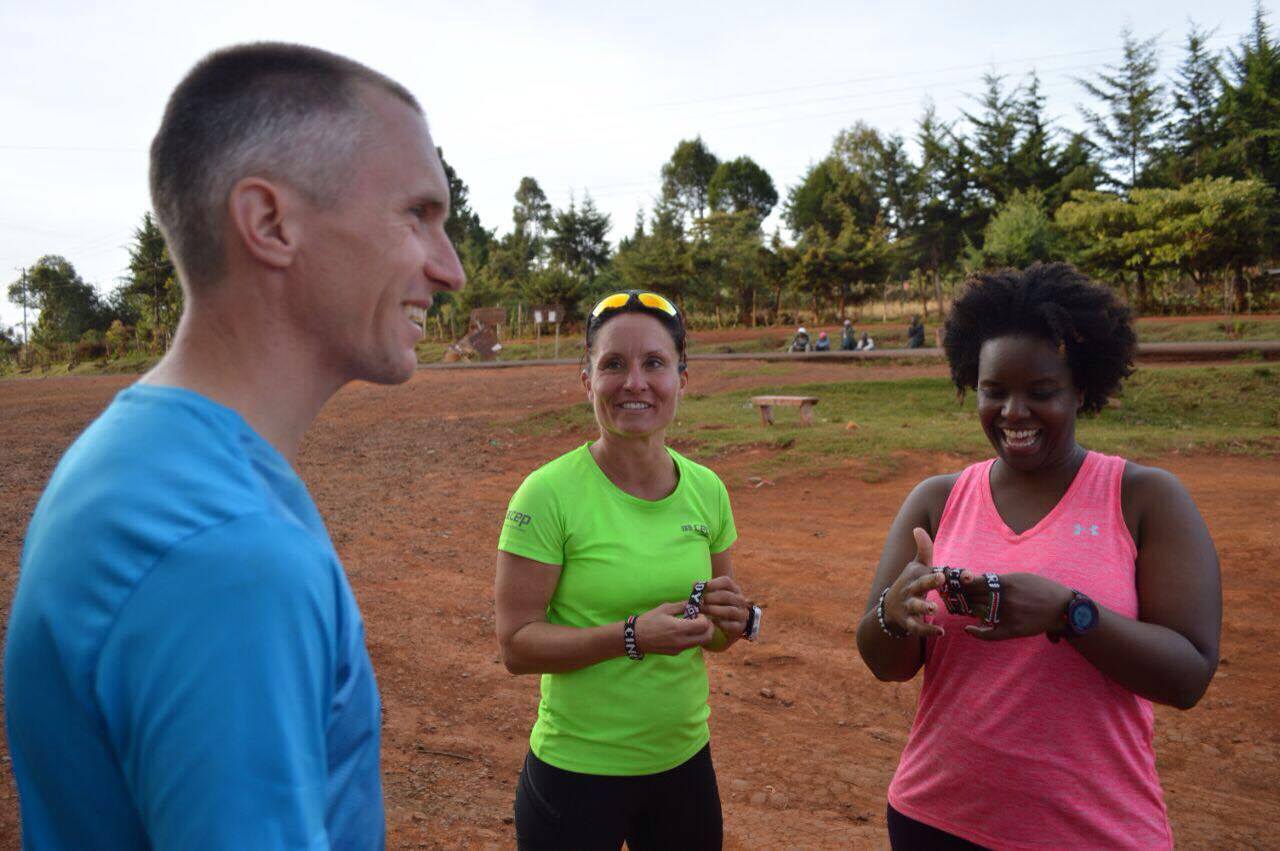
About the author
Hugo van den Broek is Head Coach for the Kenya Experience. He is responsible for leading all coaching activities on our running camps in Iten and acts as a mentor and guide to our assistant coaches. Hugo is a former international athlete with a best marathon time of 2hr 12. He represented the Netherlands on many occasions in international events, and since his retirement from competition has made a successful transition into the world of coaching.
The Kenya Experience – Running Camps in Iten Kenya for runners of all levels
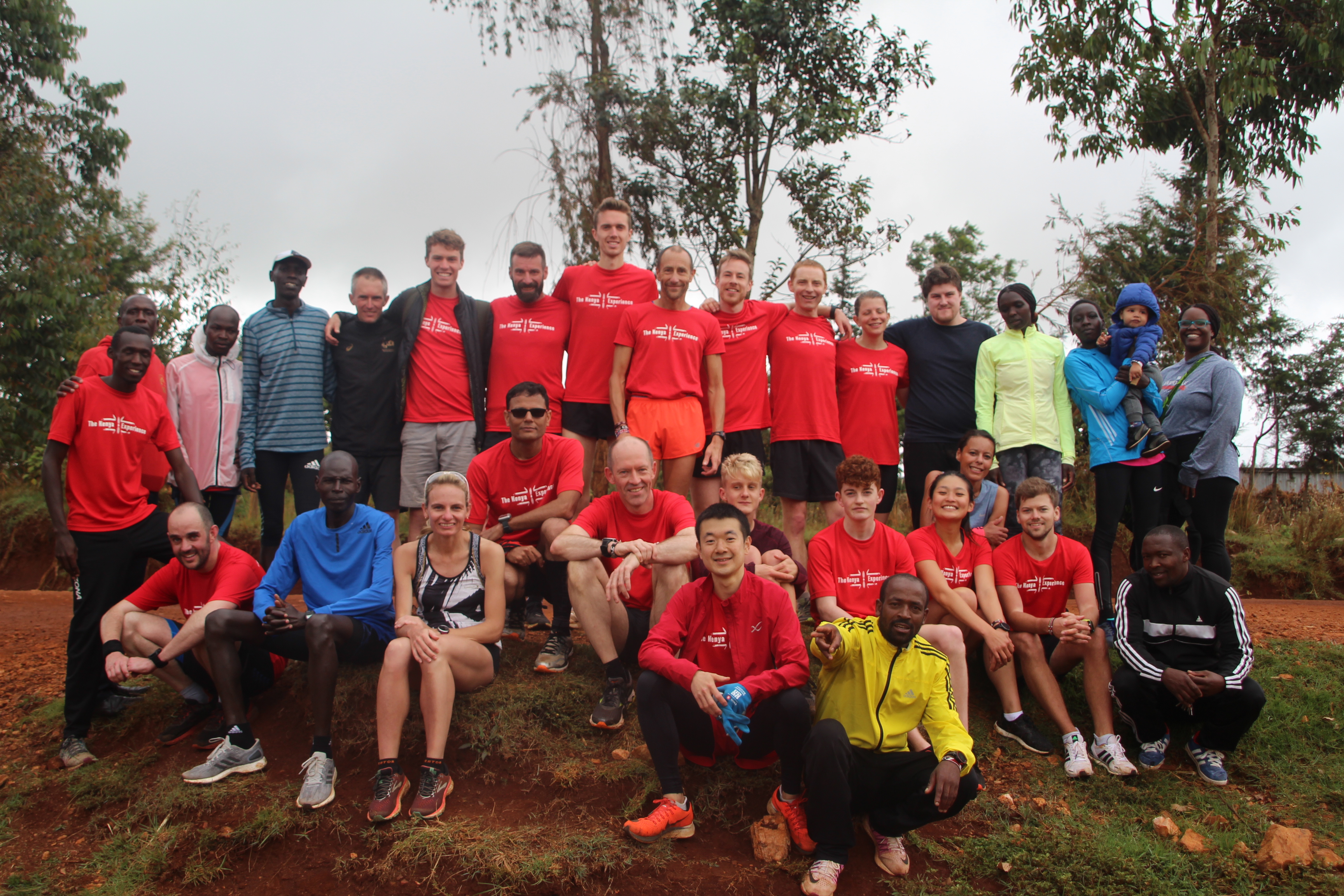
Our running camps provide an inspirational location, expert coaching and a supportive group environment for runners of all levels.With an emphasis on ‘doing it the Kenyan way’ the camps include guided runs, practical workshops and an exciting itinerary outside of the actual training itself which will immerse you inside the Kenyan running scene. You will meet and learn from top Kenyan runners & coaches and interact with the local community in Iten under the guidance of our expert staff.Want to know more? Click here for details on our training camps.
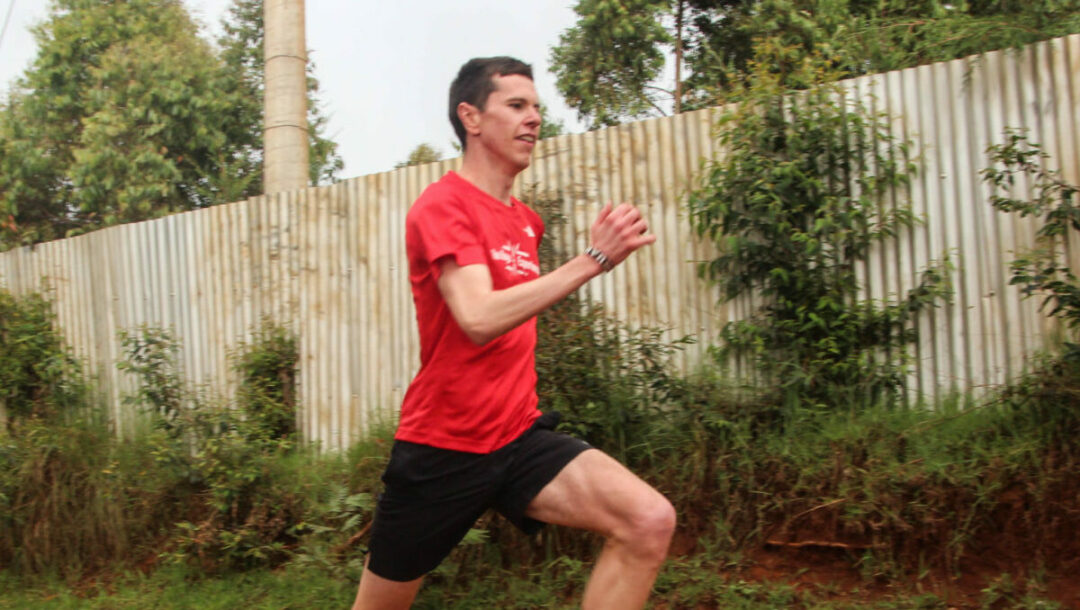
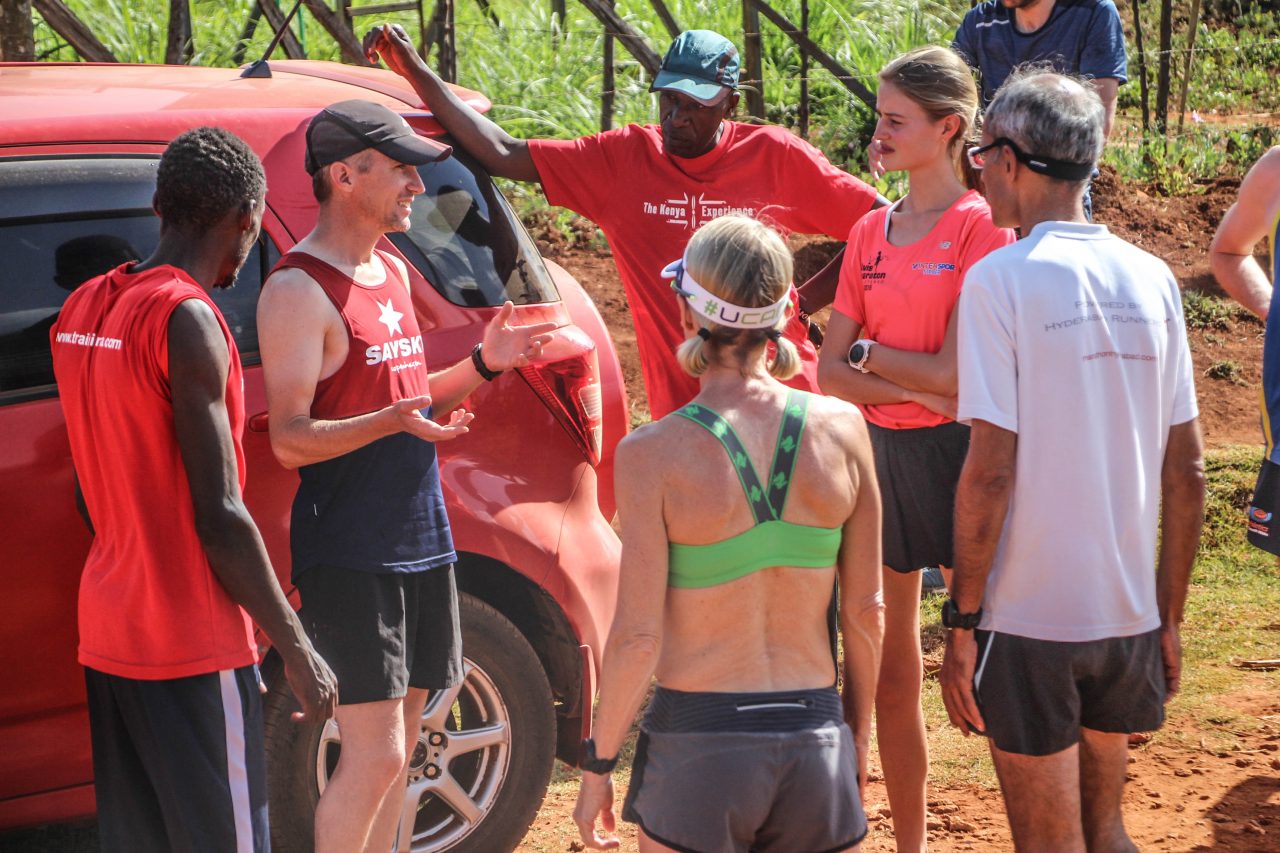
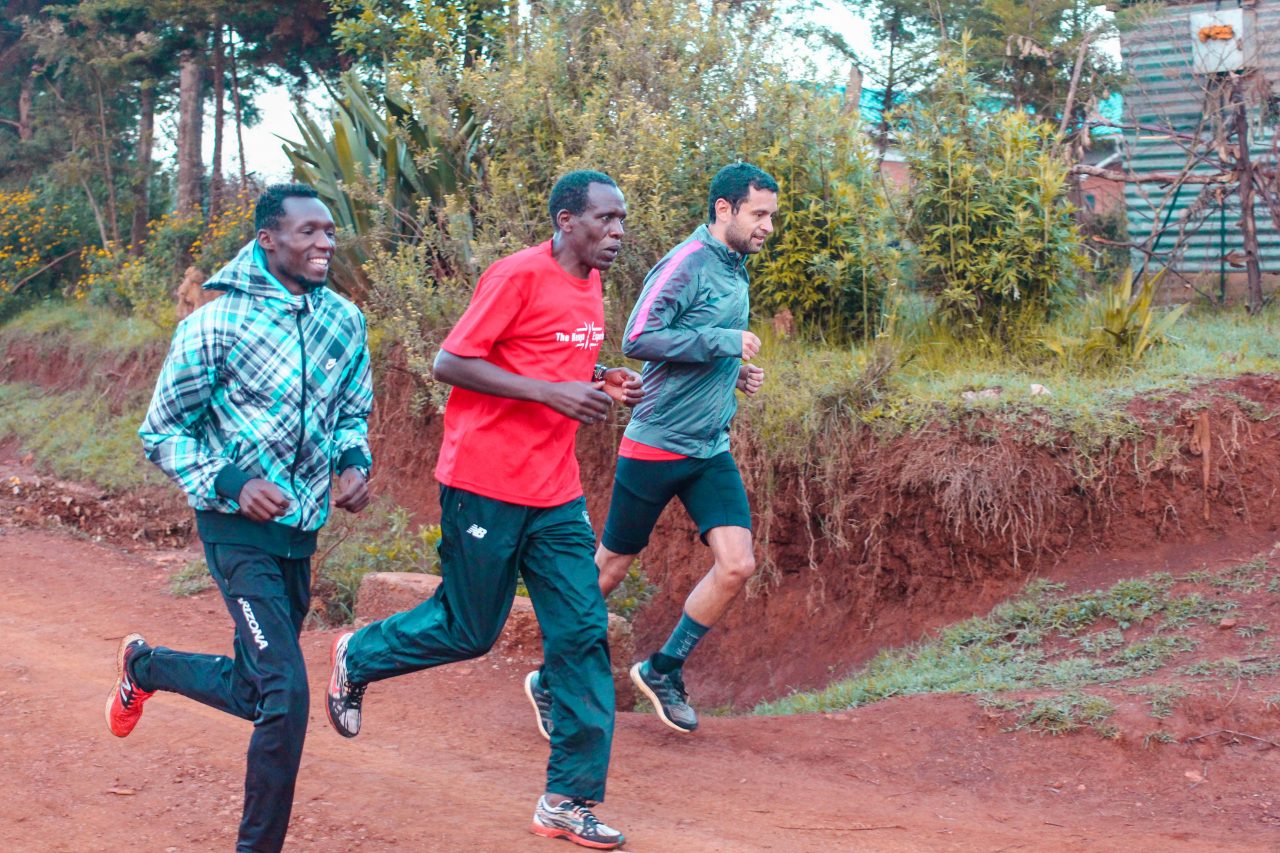
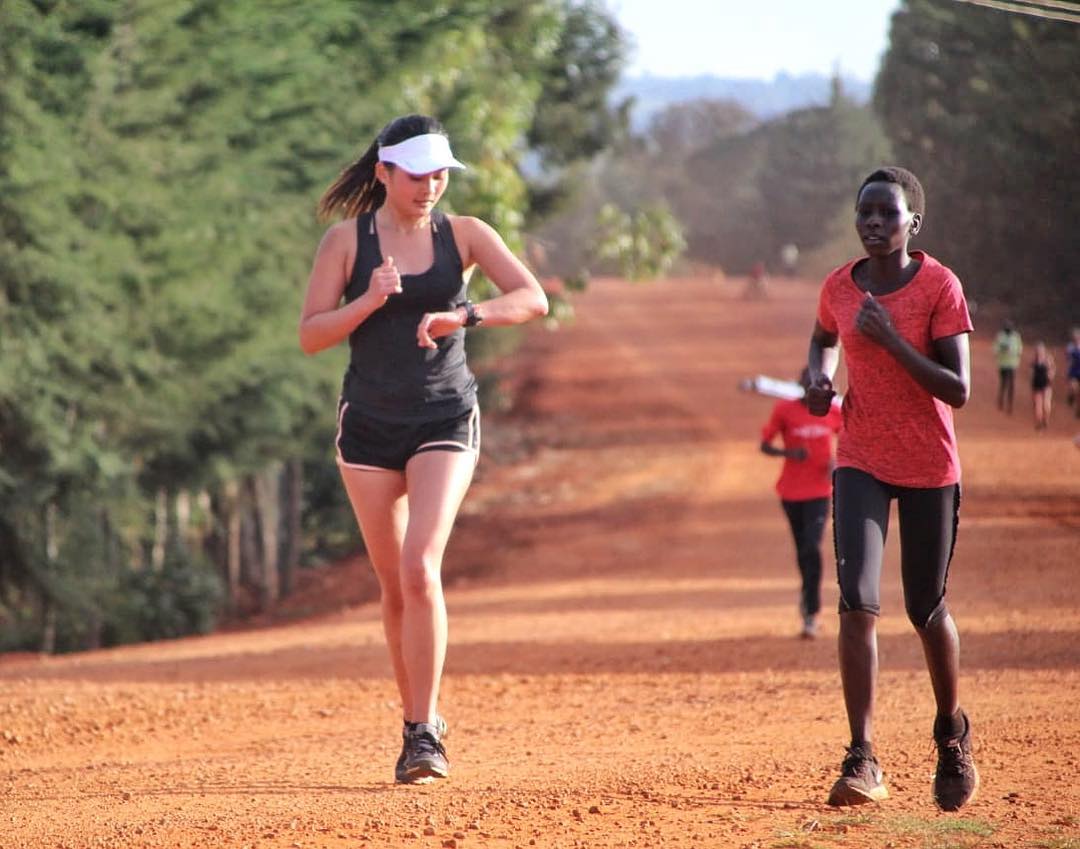
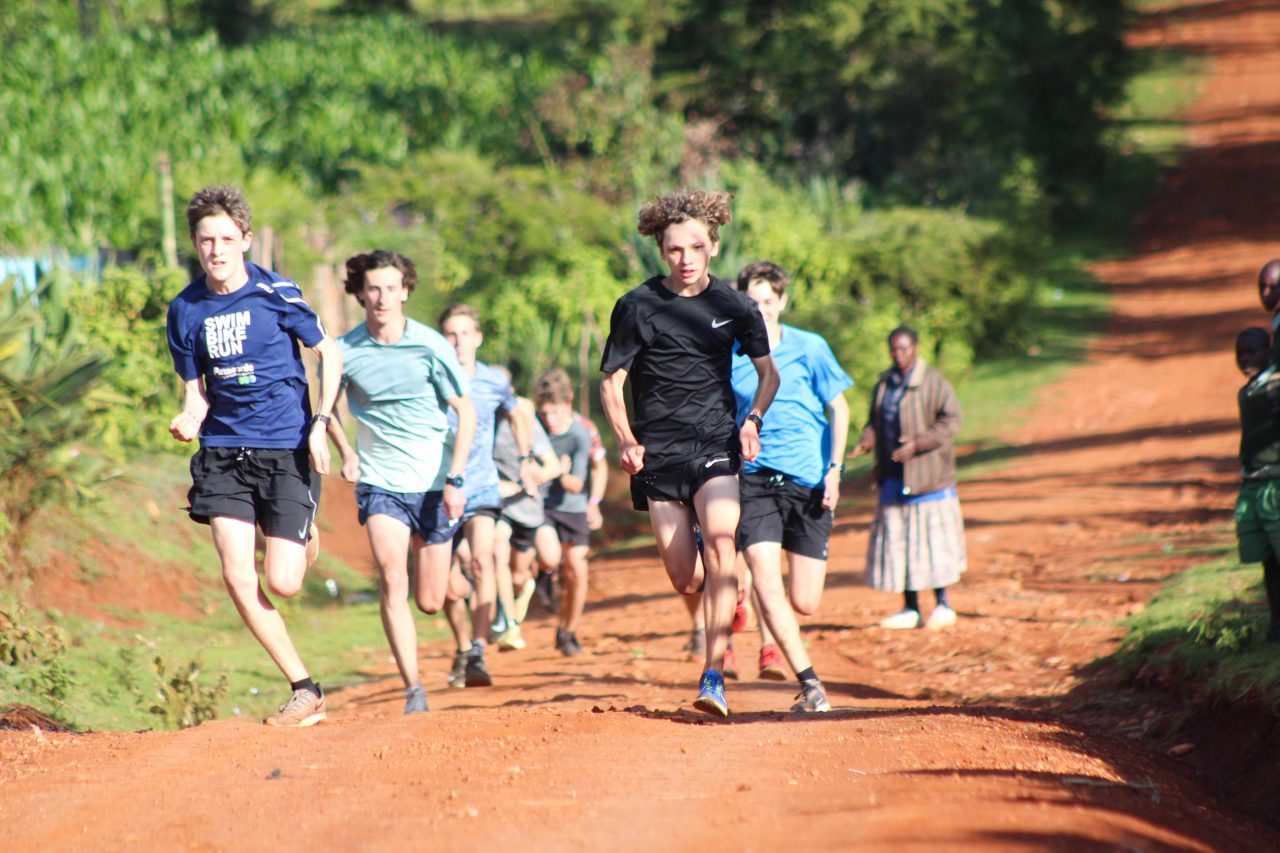
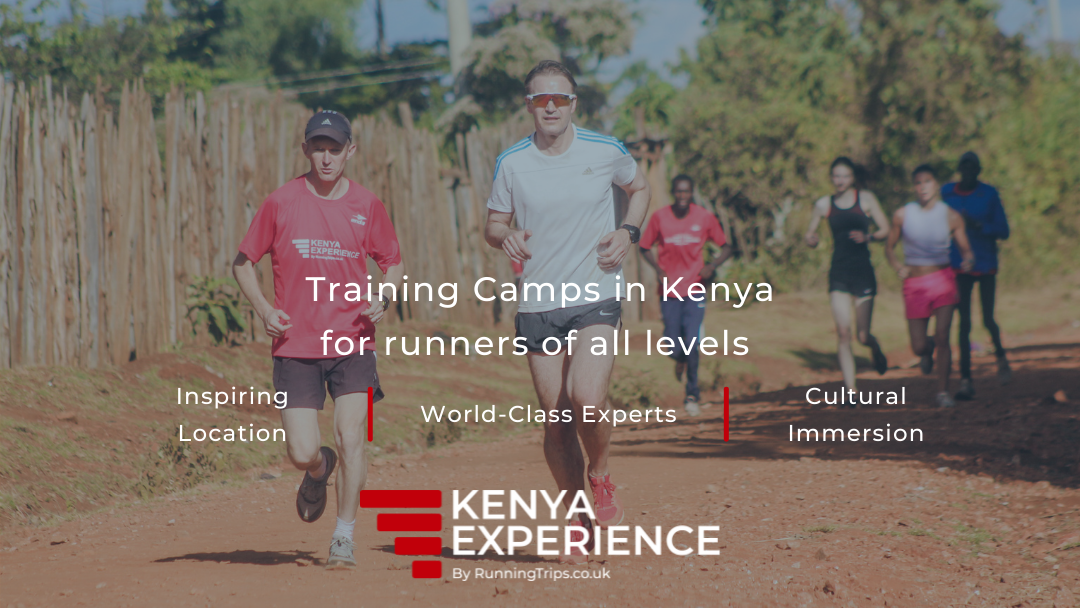
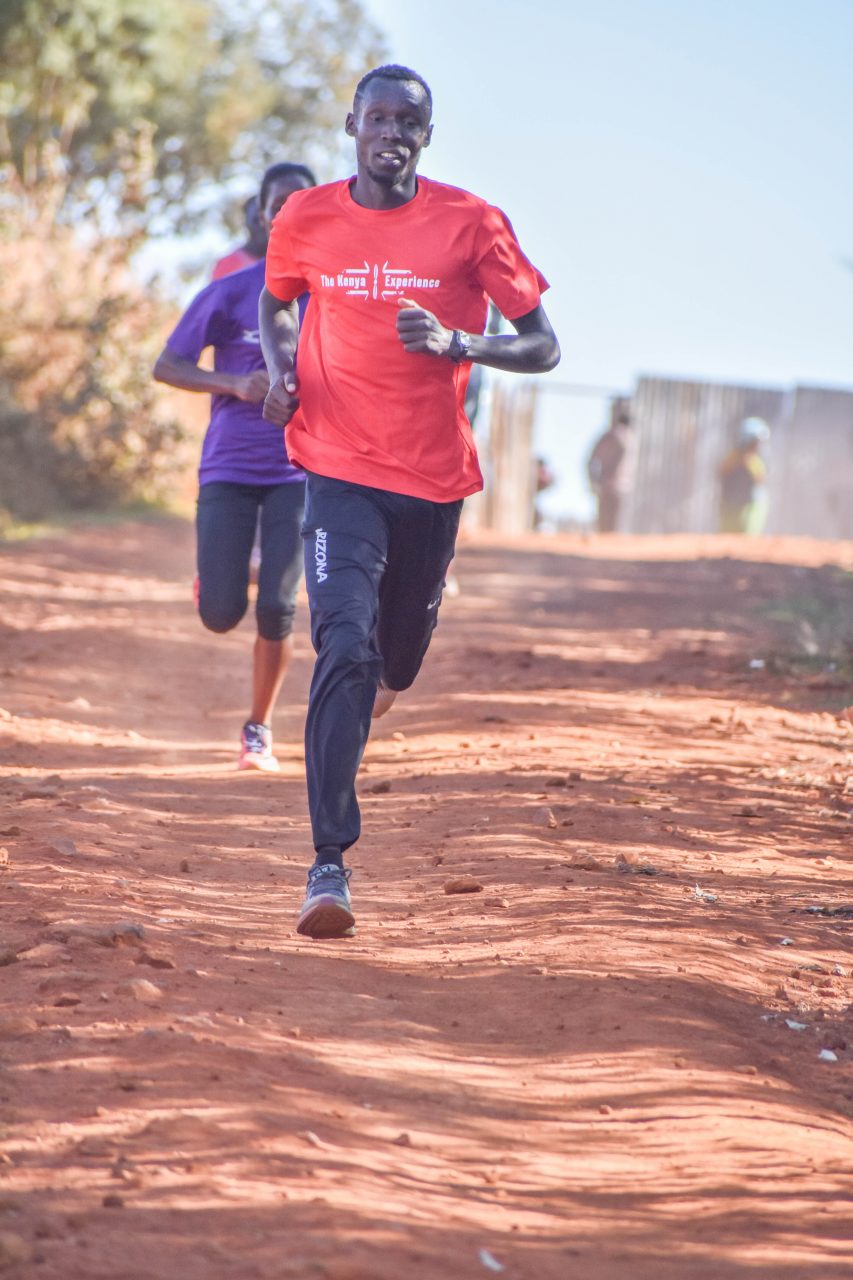
Recent Comments